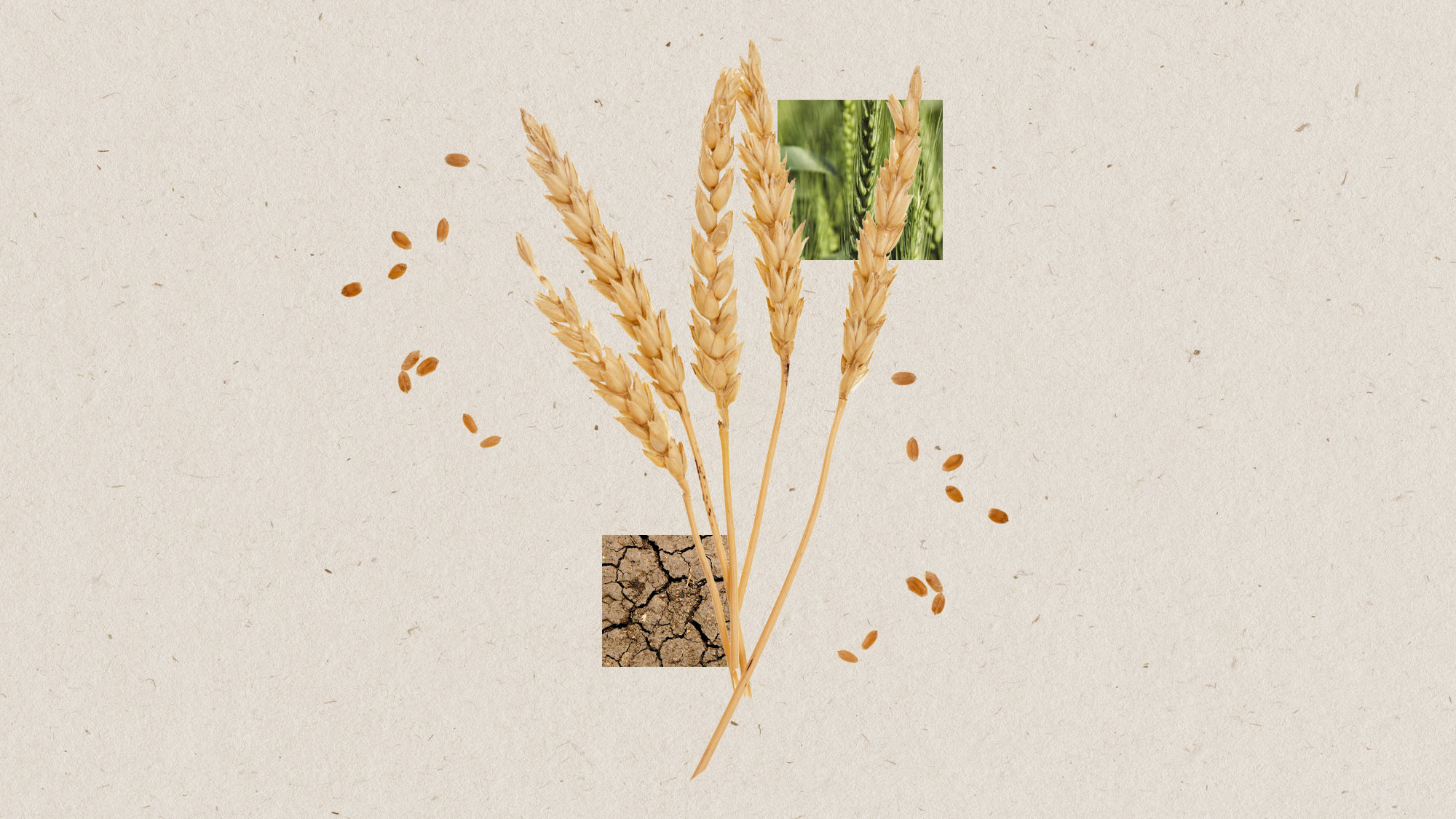Remote Sensing, Vol. 17, Pages 2558: Forest Fragmentation in Bavaria: A First-Time Quantitative Analysis Based on Earth Observation Data
Remote Sensing doi: 10.3390/rs17152558
Authors:
Kjirsten Coleman
Claudia Kuenzer
Anthropogenic and climatic pressures can transform contiguous forests into smaller, less connected fragments. Forest biodiversity and ecosystem functioning can furthermore be compromised or enhanced. We present a descriptive analysis of forest fragmentation in Bavaria, the largest federal state in Germany. We calculated 22 metrics of fragmentation using forest polygons, aggregated within administrative units and with respect to both elevation and aspect orientation. Using a forest mask from September 2024, we found 2.384 million hectares of forest across Bavaria, distributed amongst 83,253 forest polygons 0.1 hectare and larger. The smallest patch category (XS, <25 ha) outnumbered all other size classes by nearly 13 to 1. Edge zones accounted for more than 1.68 million hectares, leaving less than 703,000 hectares as core forest. Although south-facing slopes dominated the state, the highest forest cover (~36%) was found on the least abundant east-oriented slopes. Most of the area is located at 400–600 m.a.s.l., with around 30% of this area covered by forests; however, XL forest patches (>3594 ha) dominated higher elevations, covering 30–60% of land surface area between 600 and 1400 m.a.s.l. The distribution of the largest patches follows the higher terrain and corresponds well to protected areas. K-means clustering delineated 3 clusters, which corresponded well with the predominance of patchiness, aggregation, and edginess within districts.
Source link
Kjirsten Coleman www.mdpi.com


